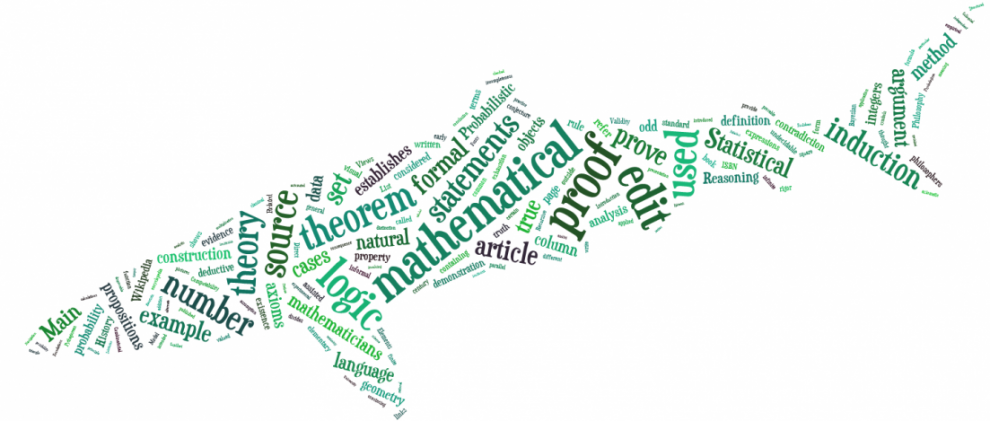UPDATE: See the “Assignment Version 2” added below.
This assignment is a continuation of OpenLab #3, on the MIU puzzle. Your assignment this time is a little different. Consider the following conjecture about the MIU puzzle:
Conjecture. Any goal word (any word with first letter M, followed by a combination of U’s and I’s) can be obtained from the starting word MI using the rules of the MIU puzzle.
Assignment (Due Thursday 11/14. Submit your answer between Tuesday, 11/12 and Thursday, 11/14). Is the conjecture above true? If so, prove this fact. If not, provide an example of a goal word that cannot be obtained, and prove that it is impossible for your word to be obtained.
IMPORTANT: Because of the nature of this assignment, DO NOT SUBMIT YOUR ANSWER BEFORE TUESDAY 11/12. However, I strongly recommend getting started on this problem well before that date!
ASSIGNMENT VERSION 2
If you wish, you can respond to the assignment below INSTEAD of completing the assignment above. In the assignment below, you will be writing about your experience working on the MIU puzzle above. Be sure to respond to EACH PART – detailed answers to part 2 and 3 below will gain the MOST credit.
- Write down what you think the answer is – no proof necessary.
- Describe in as much detail as you can the process of working on the assignment. What did you think in the beginning? What are the different things you tried in order to solve the problem? Describe each one, in the order that you tried them.
- Give a detailed list of the resources you used, and how you used each one (these could include anything – your brain, pen & paper, a computer (what applications did you use), the internet, other people, and so on).
- What activity or resource do you feel was most effective for you in working on the assignment (what helped you the most in understanding the assignment and figuring out an answer)?
Extra Credit. Respond to one of your classmates’ submissions.



